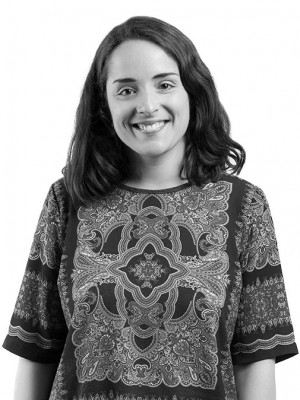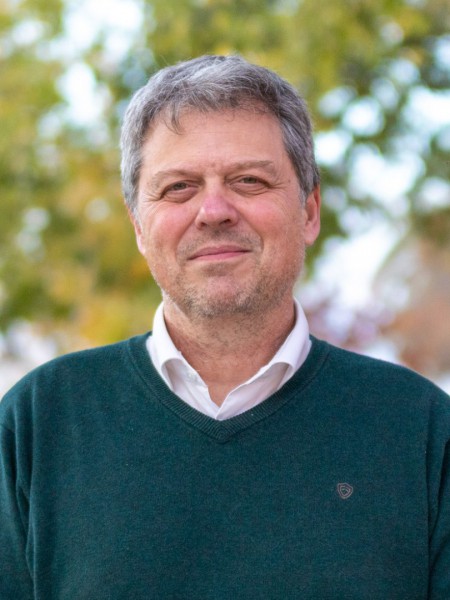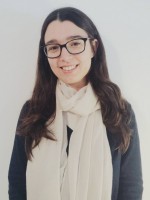resumo
Inspired by the mussel byssus adhesiveness, a highly hydrated polymeric structure is designed to combine, for the first time, a set of interesting features for load-bearing purposes. These characteristics include: i) a compressive strength and stiffness in the MPa range, ii) toughness and the ability to recover it upon successive cyclic loading, iii) the ability to quickly self-heal upon rupture, iv) the possibility of administration through minimally invasive techniques, such as by injection, v) the swelling ratio being adjusted to space-filling applications, and vi) cytocompatibility. Owing to these characteristics and the mild conditions employed, the encapsulation of very unstable and sensitive cargoes is possible, highlighting their potential to researchers in the biomedical field for the repair of load-bearing soft tissues, or to be used as an encapsulation platform for a variety of biological applications such as disease models for drug screening and therapies in a more realistic mechanical environment. Moreover, given the simplicity of this methodology and the enhanced mechanical performance, this strategy can be expanded to applications in other fields, such as agriculture and electronics. As such, it is anticipated that the proposed strategy will constitute a new, versatile, and cost-effective tool to produce engineered polymeric structures for both science and technology.
palavras-chave
DOUBLE-NETWORK HYDROGELS; HIGH MECHANICAL STRENGTH; REGENERATIVE MEDICINE; CROSS-LINKING; CHITOSAN; REPAIR; ROBUST; GELS
categoria
6
autores
Azevedo, S; Costa, AMS; Andersen, A; Choi, IS; Birkedal, H; Mono, JF
nossos autores
Grupos
G4 - Materiais Renováveis e Economia Circular
G5 - Materiais Biomiméticos, Biológicos e Vivos
agradecimentos
S.A. and A.M.S.C. contributed equally to this work. A.M.S.C. acknowledges financial support from Fundacao para a Ciencia e Tecnologia (FCT) through grant SFRH/BD/101748/2014. This work was developed within the scope of the project CICECO-Aveiro Institute of Materials, POCI-01-0145-FEDER-007679 (FCT Ref. UID/CTM/50011/2013), financed by national funds through the FCT/MEC and by FEDER under the PT2020 Partnership Agreement. H.B. and A.A. acknowledge financial support from the Danish Council for Independent Research/Technology and Production Sciences through grant 0602-02426B and from the Lundbeck Foundation through grant R180-2014-3468. I.S.C. acknowledges financial support from the Basic Science Research Program through the National Research Foundation of Korea (NRF) funded by the Ministry of Science, ICT and Future Planning (MSIP 2012R1A3A2026403).




